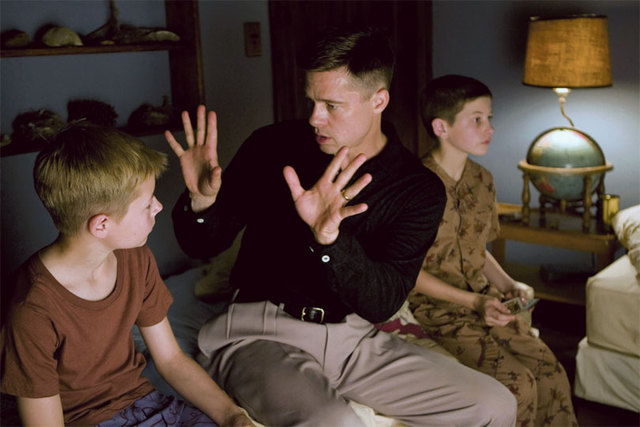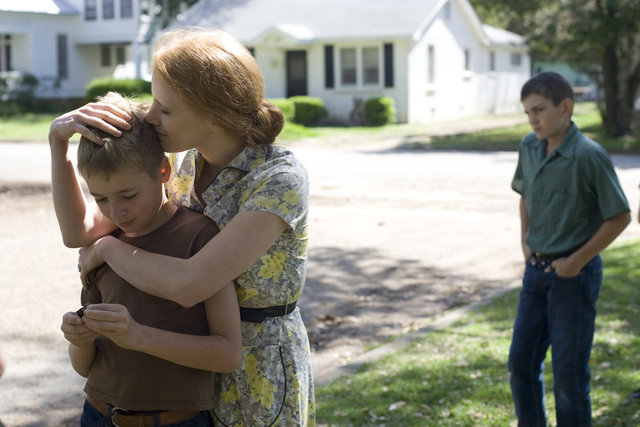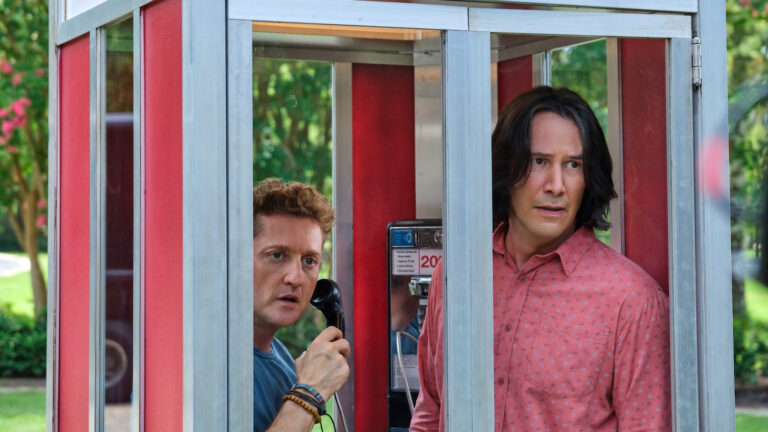Film Review: Brad Pitt Gets Metaphysical In Terrence Malick’s The Tree Of Life
Acclaimed Filmmaker Gives Us Life, The Universe And Sean Penn


“Ta-daa! ... And that’s how I made Jennifer Aniston disappear.”

Can you guess who mom’s favorite was?

“How the hell have you not seen 12 Monkeys ?”


